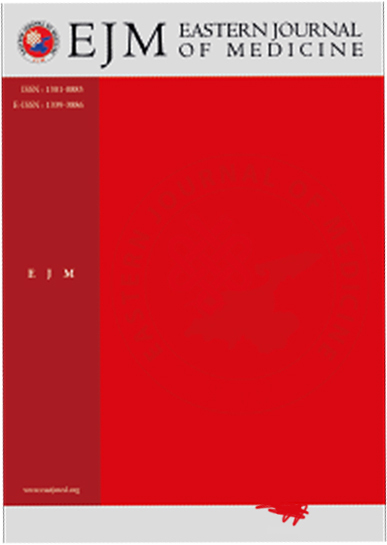Myoinositol Causes Myometrial Contractions in Isolated Non-Pregnant Rat Myometrium
Ebru Çelik Kavak1, Emine Kacar2, Salih Burcin Kavak1, Ozgur Bulmus2, Ihsan Serhatlioglu2, Ahmet Tektemur21Firat University, School of Medicine, Department of Obstetrics and Gynecology, Elazig, Turkey.2Firat University, School of Medicine, Department of Physiology, Elazig, Turkey.
INTRODUCTION: We aimed to investigate the effect of myoinositol, on myometrial contractility of non pregnant rat uterus in vitro and its mechanism of action.
METHODS: In a standard organ bath spontaneous contractions were recorded. After the
cessation of spontaneous contractions, 5μM, 50 μM and 500 μM of myoinositol and 20
μM folic acid were applied to each 7 strips and contractions were again enrolled. Same
procedures were also repeated in calcium free solution. Real Time Polymerase Chain
Reaction (RT-PCR) analysis of ion channels were done only for 50 μM dose of
myoinositol which corresponds to the treatment dose.
RESULTS: It is demonstrated that in all doses increase in frequency and amplitude of contractions were statistically significant. Any contraction was not observed in calcium free solution which demonstrated us that myoinositol uses extracellular calcium for contraction. It is also demonstrated that folic acid does not cause contraction in non pregnant rat uterine smooth muscle cells. Expression of Transient receptor potential cation channel, subfamily M, member 2 (TRPM2) and Transient receptor potential cation channel, subfamily V, member 1 (TRPV1) channels significantly decreased after application of myoinositol (p=0.00 and p=0.00, respectively) whereas expression of Transient receptor potential cation channel, subfamily M, member 7 (TRPM7) and Calcium channel, voltage-dependent, N type, alpha 1B subunit (CACNA1B) channels did not change significantly when compared to the control group (P>0.05 and p>0.05, respectively).
DISCUSSION AND CONCLUSION: We demonstrated for the first time that myoinositol causes contraction in
myometrium of non pregnant rat uterus and it uses the extracellular calcium for
contraction.
Manuscript Language: English














